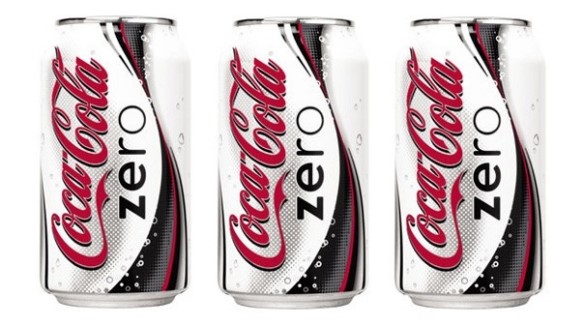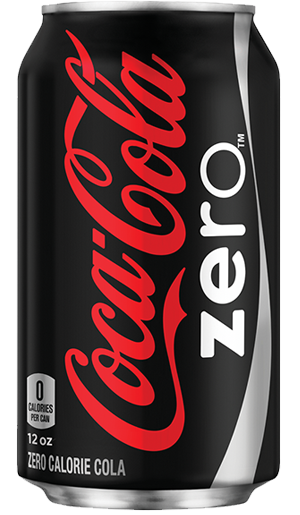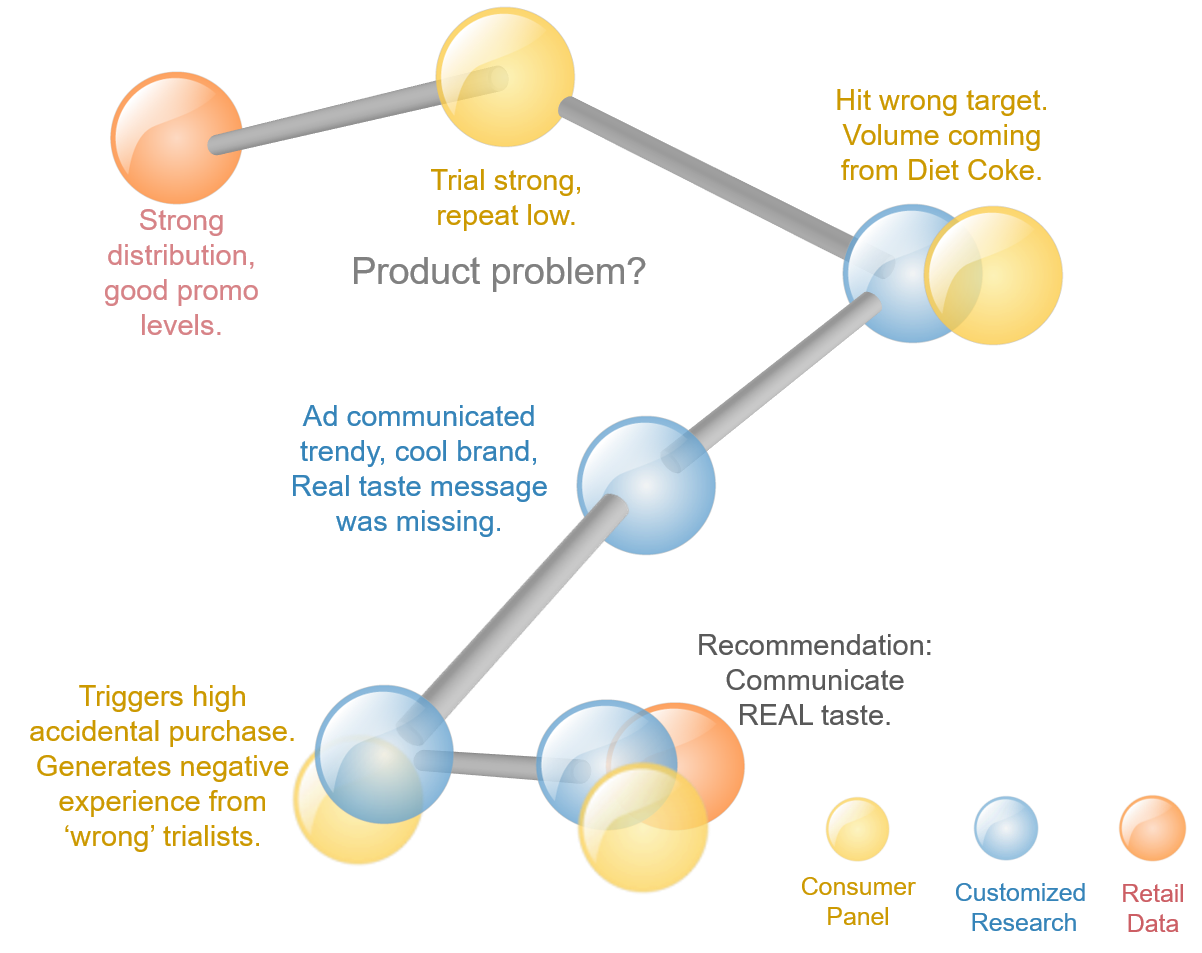-
How Advertising Works
Tradition of Great Advertising
Advertising through the Ages
Media Fragmentation
Advertising Mechanisms
Salience
Persuasion
Likeability
Apple’s 1984 Super Bowl Ad
Symbolism
Relationship and Involvement
Emotion
Overview of Emotions
Advertising Execution
Case Example — Coca-Cola Zero
Measurement Issues
- How Advertising Works
- Advertising Analytics
- Packaging
- Biometrics
- Marketing Education
- Is Marketing Education Fluffy and Weak?
- How to Choose the Right Marketing Simulator
- Self-Learners: Experiential Learning to Adapt to the New Age of Marketing
- Negotiation Skills Training for Retailers, Marketers, Trade Marketers and Category Managers
- Simulators becoming essential Training Platforms
- What they SHOULD TEACH at Business Schools
- Experiential Learning through Marketing Simulators
-
MarketingMind
How Advertising Works
Tradition of Great Advertising
Advertising through the Ages
Media Fragmentation
Advertising Mechanisms
Salience
Persuasion
Likeability
Apple’s 1984 Super Bowl Ad
Symbolism
Relationship and Involvement
Emotion
Overview of Emotions
Advertising Execution
Case Example — Coca-Cola Zero
Measurement Issues
- How Advertising Works
- Advertising Analytics
- Packaging
- Biometrics
- Marketing Education
- Is Marketing Education Fluffy and Weak?
- How to Choose the Right Marketing Simulator
- Self-Learners: Experiential Learning to Adapt to the New Age of Marketing
- Negotiation Skills Training for Retailers, Marketers, Trade Marketers and Category Managers
- Simulators becoming essential Training Platforms
- What they SHOULD TEACH at Business Schools
- Experiential Learning through Marketing Simulators
Case Example — Coca-Cola Zero
As implied by its name and slogan, Coca-Cola Zero has no calories and it tastes like Coca-Cola (refer to exhibits 12.13 and 12.14). Launched in June 2005 it is hailed by The Coca-Cola Company as its most successful product introduction since Diet Coke.
Over the course of its development and launch, extensive research was conducted to evaluate and validate this ground-breaking product. A significant marketing research initiative was undertaken, where Nielsen employed three different analytics platforms in the U.S., to study the launch. The research findings summarized in (Exhibit 12.16), highlight the following insights gleaned from the study:
- Data from the Nielsen retail panel revealed that the launch was well executed. The brand’s distribution was very strong, and it was heavily promoted within stores.
- Though sales were promising, they were driven primarily through trial purchases.
- Homescan, the Nielsen consumer panel, revealed that repeat purchases were relatively weak.
- Both custom research and consumer panel data indicated that the brand’s source of growth was coming from Diet Coke.
The latter two findings, i.e., low repeat purchases and the cannibalization of Diet Coke, were a source of concern.
Repeat purchasing is crucially important for the longevity of a FMCG product. Such a product can succeed only if it develops a strong base of regular consumers.
Low repeat rates suggest that the people who tried the product did not like it. This occurs typically due to two possible scenarios. Either the product has some shortcomings, or it is not reaching its intended target segment.
To understand the danger signals, one must appreciate that Coca-Cola Zero was launched in response to consumers’ desire for healthier, low-calorie drinks. Colas in general, are not perceived as healthy. Consequently, their share of throat has declined, and Coca-Cola has been cannibalized by healthier beverages, including varieties that were launched by The Coca-Cola Company.
The launch of Coca-Cola Zero was therefore intended to reclaim lapsed Coca-Cola drinkers as well as stem any further erosion of the brand. It was not another diet cola — Diet Coke consumers were not the intended target market.
Dieting is of greater interest to some consumers, particularly women. Many of these consumers preferred Diet Coke and were accustomed to its taste. Not surprisingly, when they tried it, Coca-Cola Zero did not appeal to their senses.
The consumers that The Coca-Cola Company was most interested in targeting through Coca-Cola Zero tended to be either current or lapsed Coca-Cola drinkers who liked the Coca-Cola taste and who were concerned about their health and weight but did not like products that were associated with dieting. To target them it was therefore important to communicate the brand’s proposition — real Coca-Cola taste and zero calories.
Promoted initially with the “Everybody Chill” tagline, custom research highlighted that Coca-Cola Zero advertising was primarily reinforcing a cool trendy brand image. The “real taste” and “zero calories” messages were not well communicated as can be gauged from the launch advertisement shown in Exhibit 12.15.
Exhibit 12.15 The Coca-Cola Zero launch advertisement.
Moreover, the white cans and bottles that Coca-Cola Zero debuted in (see Exhibit 12.13), were associated with feminine-leaning diet drinks. Coca-Cola Zero needed a more masculine look and message.
The lack of clarity in communication led to purchases by non-targeted consumers, i.e., the Diet Coke drinkers. On the other hand, the consumers that the company was most interested in pursuing were not enticed to try the new product.
Exhibit 12.17 The Coca-Cola Zero Boxer ad.
The company required a revamp of its marketing mix, which involved replacing the original white cans and bottles with black labels (Exhibit 12.14). The black labels were first introduced in New Zealand where black is closely associated with the All Blacks, the country’s national rugby team, and is a popular colour among New Zealanders. The colour black and its association with a masculine sport clearly differentiated Coca-Cola Zero from Diet Coke and positioned it to appeal to the targeted market.
In addition, the company also developed new advertising, the Coca-Cola Zero boxer campaign (Exhibit 12.17), to effectively communicate the product’s core value proposition — the real Coca-Cola taste.
Previous Next
Use the Search Bar to find content on MarketingMind.
Contact | Privacy Statement | Disclaimer: Opinions and views expressed on www.ashokcharan.com are the author’s personal views, and do not represent the official views of the National University of Singapore (NUS) or the NUS Business School | © Copyright 2013-2026 www.ashokcharan.com. All Rights Reserved.








